Bioluminescence
What is Bioluminesce?
The emission of visible light by certain living organisms, such as the firefly and various fish, marine invertebrates, fungi, and bacteria. Bioluminescence is caused by chemical reaction.
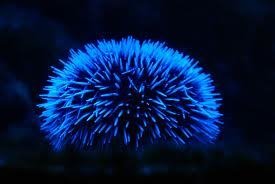
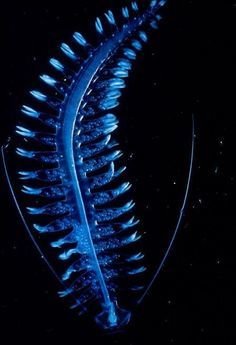
How do they light?
Bioluminescence is a form of chemiluminescene, where light energy is released by a chemical reaction. Fireflies, anglerfish , and other organisms produce the light-emitting pigment luciferin and the enzyme luciferase. Luciferin reacts with oxygen to create light.
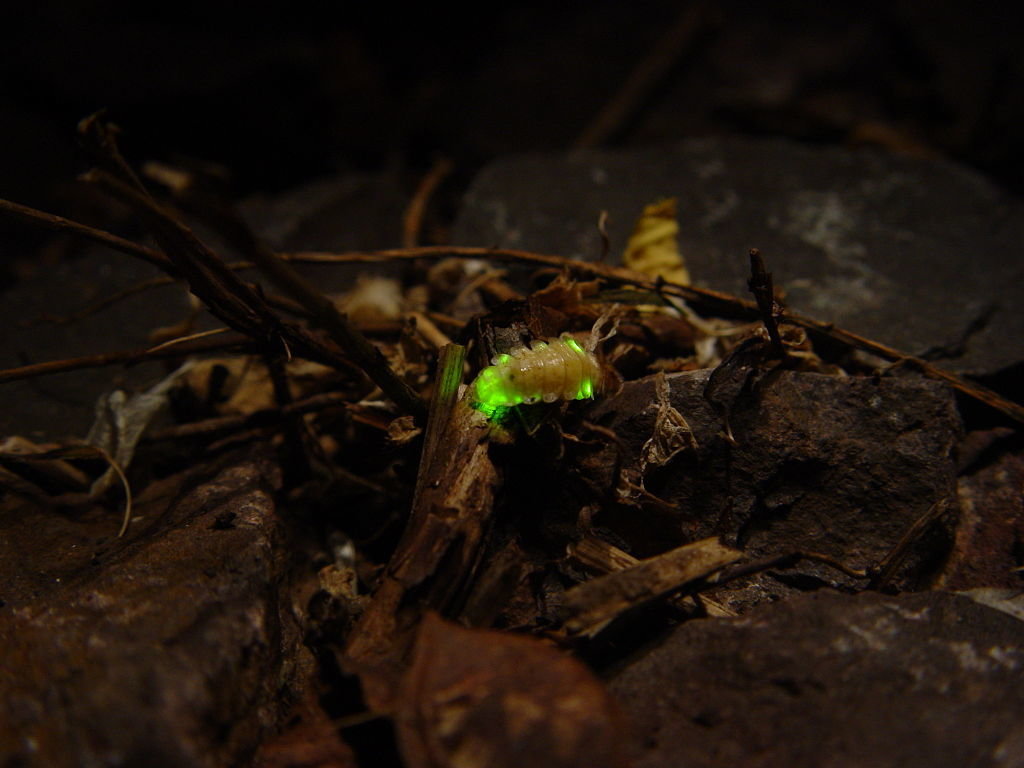
How did people use them in the past ?
-Before the development of the safety
lamb Britain and Europe used
bioluminescence's dried fish
skins in coal mines to light
as a weak source of light avoiding the
necessity of using candles
which risked sparking explosions of
firedamp.
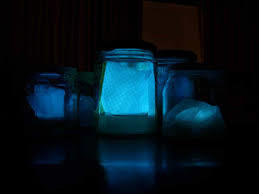
-Another safe source of illumination in mines was bottles containing fireflies.
-Bioluminescence attracted the attention of the United States Navy in the Cold War, since submarines in some waters can create a bright enough wake to be detected; a German submarine was sunk in the First World War, having been detected in this way. The navy was interested in predicting when such detection would be possible, and hence guiding their own submarines to avoid detection.
-The French pharmacologist Raphaël Dubois carried out early work on bioluminescence
Where does Bioluminescence occur?
Bioluminescence widely occurs among some group of animals, especially sea animals, fungi, bacteria, and some terrestrial invertebrates including insects. Many, perhaps most deep-sea animals
produce light. Sometimes
thousands of square miles of
the ocean shine with the light of bioluminescent bacteria in the
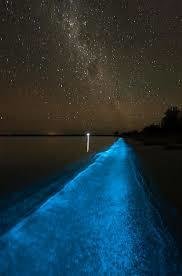

Why would organisms want to shine in the dark?
Bioluminesces are helpful for many creatures in the ocean. Some of the functions are
-Camouflage
-Attraction
-Defense
-Warning
-Communication
-Mimicry
-Illumination
Counterillumination camouflage
In many animals of the deep sea, including several squid species, bacterial bioluminescence is used for camouflage by counterillumination, in which the animal matches the overhead environmental light. In these animals, photoreceptors control the illumination to match the brightness of the background
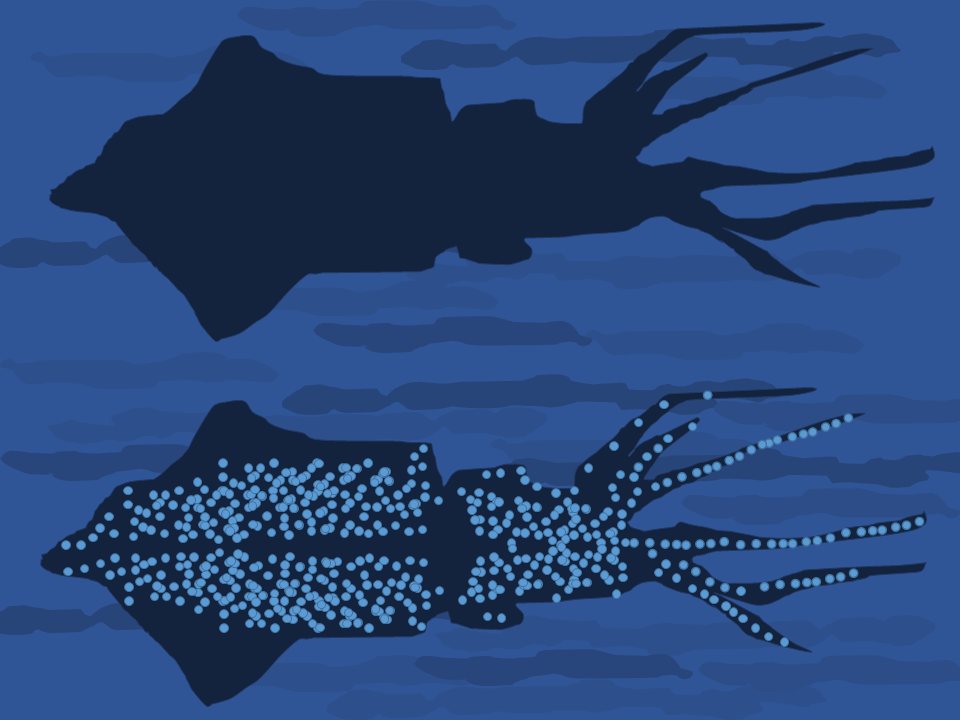
Attraction

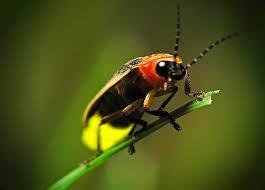
FireFlies uses light to attract mates. Females emit light from their abdomens to attract males; in the other, flying males emit signals to which the sometimes sedentary females respond.
Click beetle emit an
orange light from their
abdomen when flying
and a green light from
the thorax when they are disturbed.
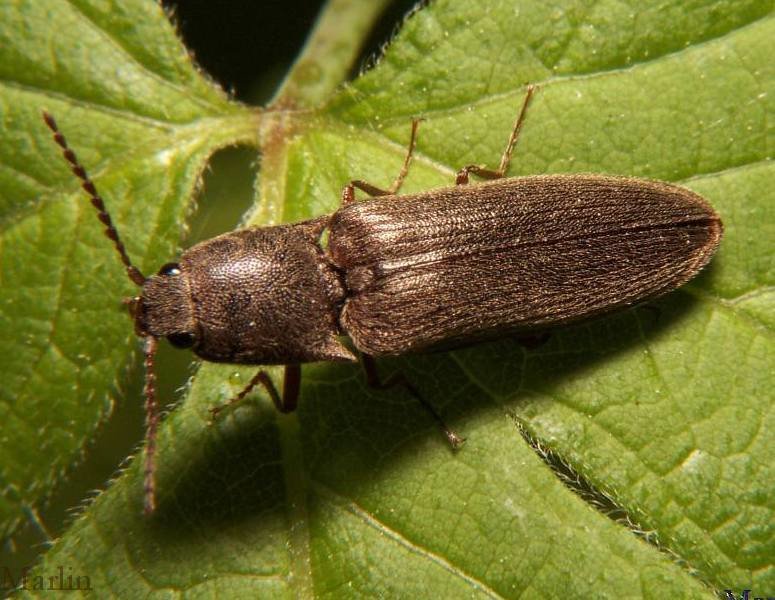
Defence
Some animals also produces light to disturb the predators in an attempt to catching them like when squid use ink. These animals are called the cephalopod. They produce bioluminescent chemical mixtures to disturb the predators when attacking them.

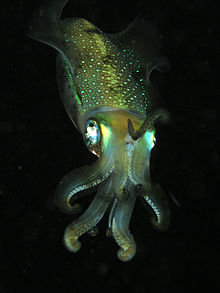
Dinoflagellate may use bioluminescence for defence against predators. They shine when they detect a predator, possibly making
the predator itself more vulnerable by attracting the attention of predators from higher trophic levels.
Warning
Aposematism is a widely used function of bioluminescence, providing a warning that the creature concerned is unpalatable. It is suggested that many firefly larvae glow to repel predators; millipedes glow for the same purpose.
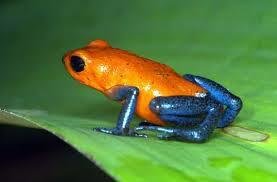
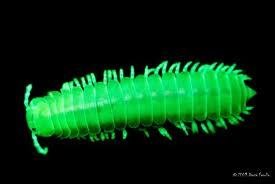
The marine snail Hinea brasiliana uses flashes of light probably to deter predators.
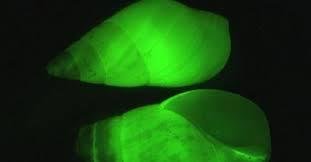
The light signals that result from bioluminescence can be used during life for things such as mating rituals, and in death. For example, when bioluminescent bacteria infect certain types of larvae, the death of the larvae can lead to bright lights, letting
predators know of the dead
meal.
Communication

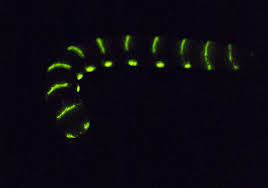
Bioluminescence can be used in many ways,
and among those ways is mimicry, or the action of imitating someone or something. There are two common ways that organisms can use mimicry: Aggressive mimicry and defensive mimicry.
Aggressive mimicry is used by predators to appear harmless, leading their prey to come within attacking distance. Underwater, the cookiecutter shark, for example, uses bioluminescence for this technique; it uses the glow to camouflage its underside, leaving a small part dark. Smaller fish swim by, assuming that this dark area is a fish like themselves, unknowingly getting to close to a shark. In the air, the female Photuris firefly mimics the light pattern of male photinus fireflies. The photinus flies to where the signals are being made, only to to be taken down and devoured by the female firefly.
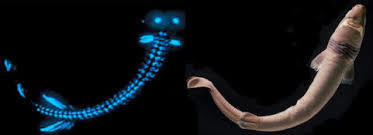
Mimicry
While aggressive mimicry is used
to hunt prey, defensive mimicry
is used by the prey to keep itself from harm, deceiving an enemy into thinking they are something they’re not. The cockroach, Lucihormetica luckae, found in 2010 used bioluminescence in the form of bacteria on its back, each group taking the shape of one spot in there. These bacteria glow in fluorescent light, thus giving the cockroach a different appearance.The effect is intensified by the fact the spots are covered by a reflective surface, making them act in similar to headlights.”
Mimicry
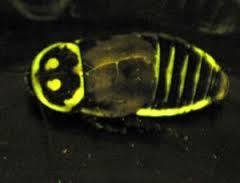
Illumination
While most marine bioluminescence is green to blue, some deep sea barbeled dragonfishes in the genera Aristostomias, Pachystomias and Malacosteus emit a red glow. This adaptation allows the fish to see red-pigmented prey, which are normally invisible in the deep ocean environment where red light has been filtered out by the water column.

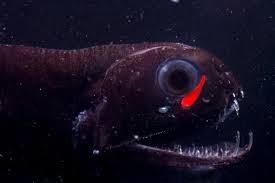
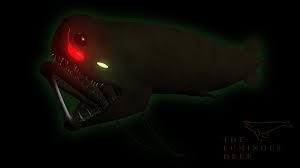
How do we use it today ?
Bioluminescent organisms are a target for many areas of research. Luciferase systems are widely used in genetic engineering as reporter genes, each producing a different colour by fluorescence,and for biomedical research using bioluminescence imaging.For example, the firefly luciferase gene was used as early as 1986 for research using transgenic tobacco plants.Vibrio bacteria symbiose with marine invertebrates such as the Hawaiian bobtail squid and are key experimental models for bioluminescence.Bioluminescent activated destruction is an experimental cancer treatment, which is also know as BLADe.
Biotechnology
The structures of photophores, the light producing organs in bioluminescent organisms, are being investigated by industrial designers. Engineered bioluminescence could perhaps one day be used to reduce the need for street lighting, or for decorative purposes if it becomes possible to produce light that is both bright enough and can be sustained for long periods at a workable price. The gene that makes the tails of fireflies glow has been added to mustard plants. The plants glow faintly for an hour when touched, but a sensitive camera is needed to see the glow
Done by
Lamis Azouz
Yasmin Adham
Nadeen Ihab
Sara Eladl
Yasmeen Mohammad
Bioluminescence
By Lamis A. Azuz
Bioluminescence
school project
- 1,148